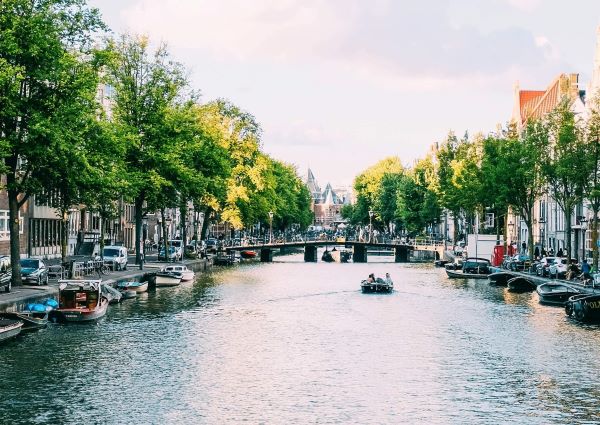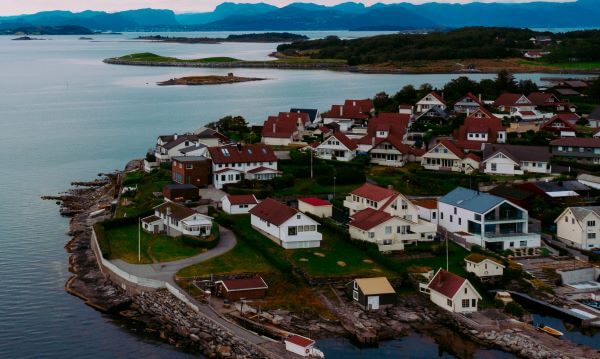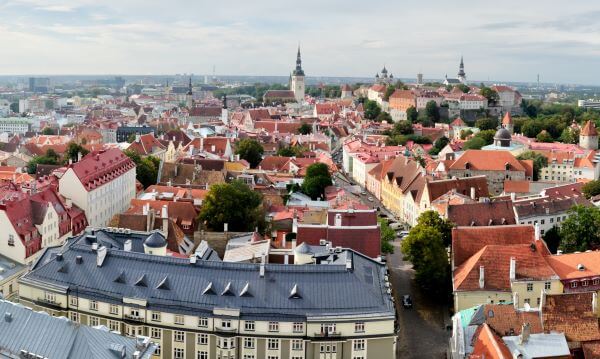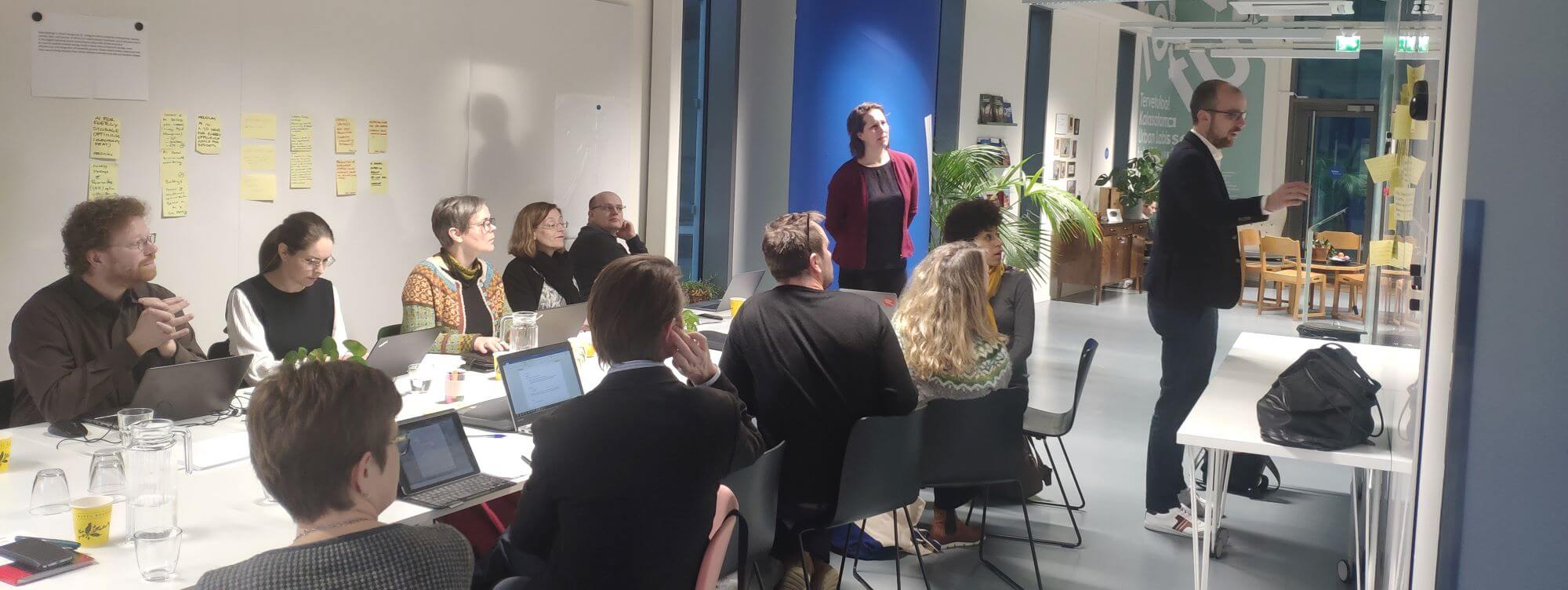
ABO
UT
The AI4Cities project enabled Helsinki, Amsterdam, Copenhagen, Greater Paris, Stavanger and Tallinn to challenge the market to come up with AI-based solutions to reduce CO2-emissions in their Energy and Mobility domains. We can now confidently say that the market is ready for such a challenge!
In Energy, BEE helps shift the energy consumption in buildings to timeframes when there is more renewable energy available. C-in.City provides cities with a near real-time carbon emission management platform. Holoni helps cities assess their solar surplus, and SPIKE enables a sustainable balance between energy consumption and comfort.
In Mobility, AVENUE uses AI to help cities evaluate the carbon footprint of shared mobility policies while theMPAT Tool focuses on the maximisation of the positive benefits of these policies. IX3 removes unnecessary stops, making urban traffic more efficient and reducing CO2 emissions.
The project has been of great value to both cities and suppliers. Public authorities now have a far better idea of how AI technologies can be used to address challenges in the context of the climate crisis, while the suppliers have gotten important information into how they can adjust their products to be more efficient and effective for their main clients.
Solutions selected for Phase 3

Amsterdam
Amsterdam aims to be climate neutral by 2050. To achieve that it will work to reduce its greenhouse gas emissions by 55% from 1990 levels in 2030 and by 95% by 2050. In 2019 the city presented the Amsterdam Climate Accord outlining how it wants to achieve these goals.
Read more

Copenhagen
Copenhagen is a global frontrunner in sustainable urban development, aiming to become the first carbon neutral capital in the world by 2025. Moreover, it wants to show that the reduction of carbon emissions can be combined with growth, development and increased quality of life.
Read more

Helsinki
Helsinki aims to be a leading player in the transition to a low carbon economy. Its goal is to be carbon neutral by 2035, which means it has to reduce greenhouse gas emissions by at least 80% from 1990 levels.
Read more

Greater Paris
The city of Paris began its journey to climate neutrality long before the 2015 Paris Agreement became the most important symbol of the urgency of international climate action. In 2007 the city adopted its own Plan Climat, which set out to cut greenhouse gas emissions by 25% between 2004 and 2020 and by 75% between 2004 and 2050.
Read more

Stavanger
Stavanger has ambitious goals regarding the climate and environment. It aims to cut greenhouse gases by 80 percent by 2030 compared with 2015, and to be a fossil-free municipality by 2040.
Read more

Tallinn
Tallinn is often claimed to be the public sector Digital Leader in the world. The City of Tallinn joined the Covenant of Mayors energy policy initiative of the European Commission in 2009 and its implementation is taking place on the basis of a Sustainable Energy Action Plan 2011-2021 (SEAP).
Read more
Pre-commercial Procurement Challenge
PHA
SES
CHALLE
NGES
Energy
Challenge
Mobility
Challenge





